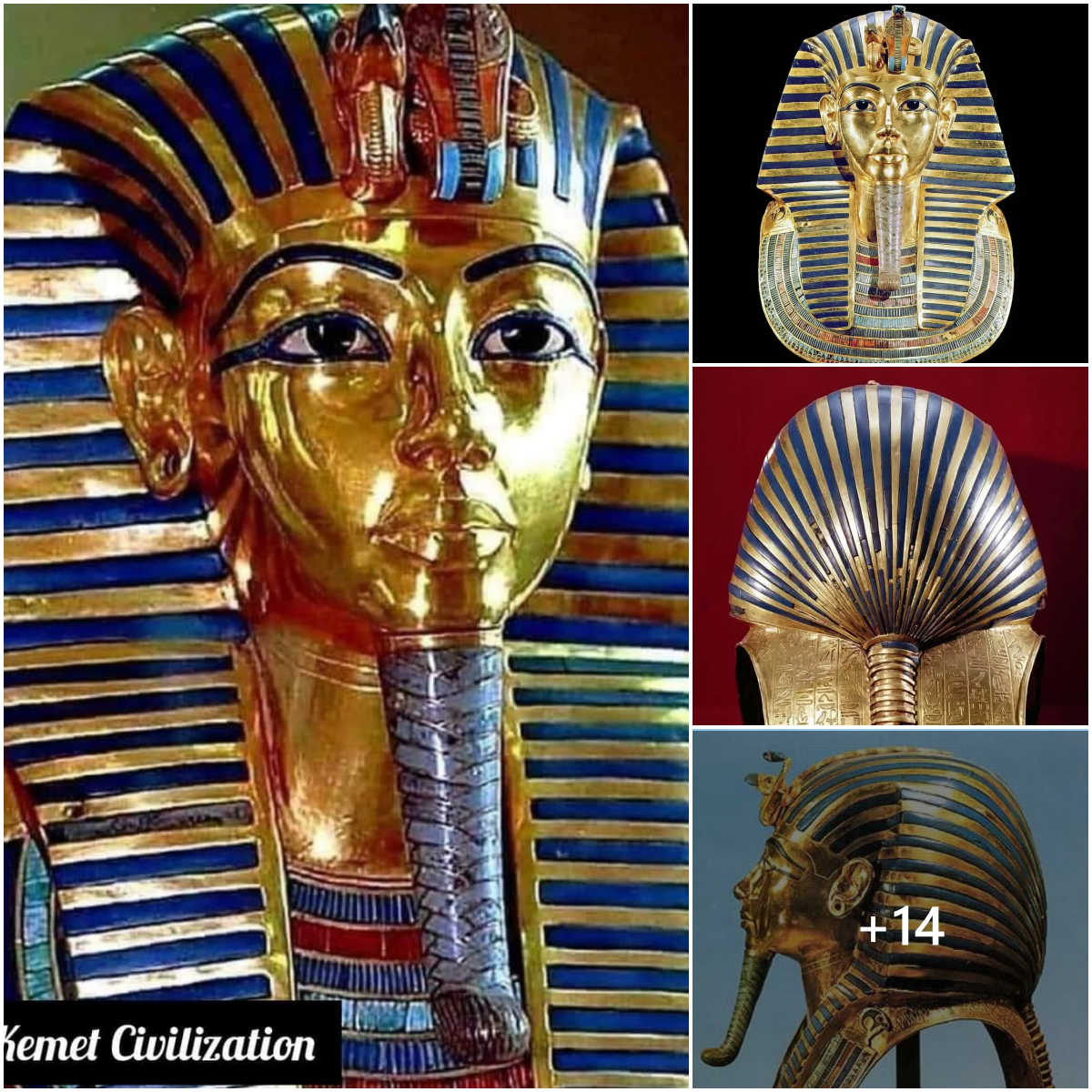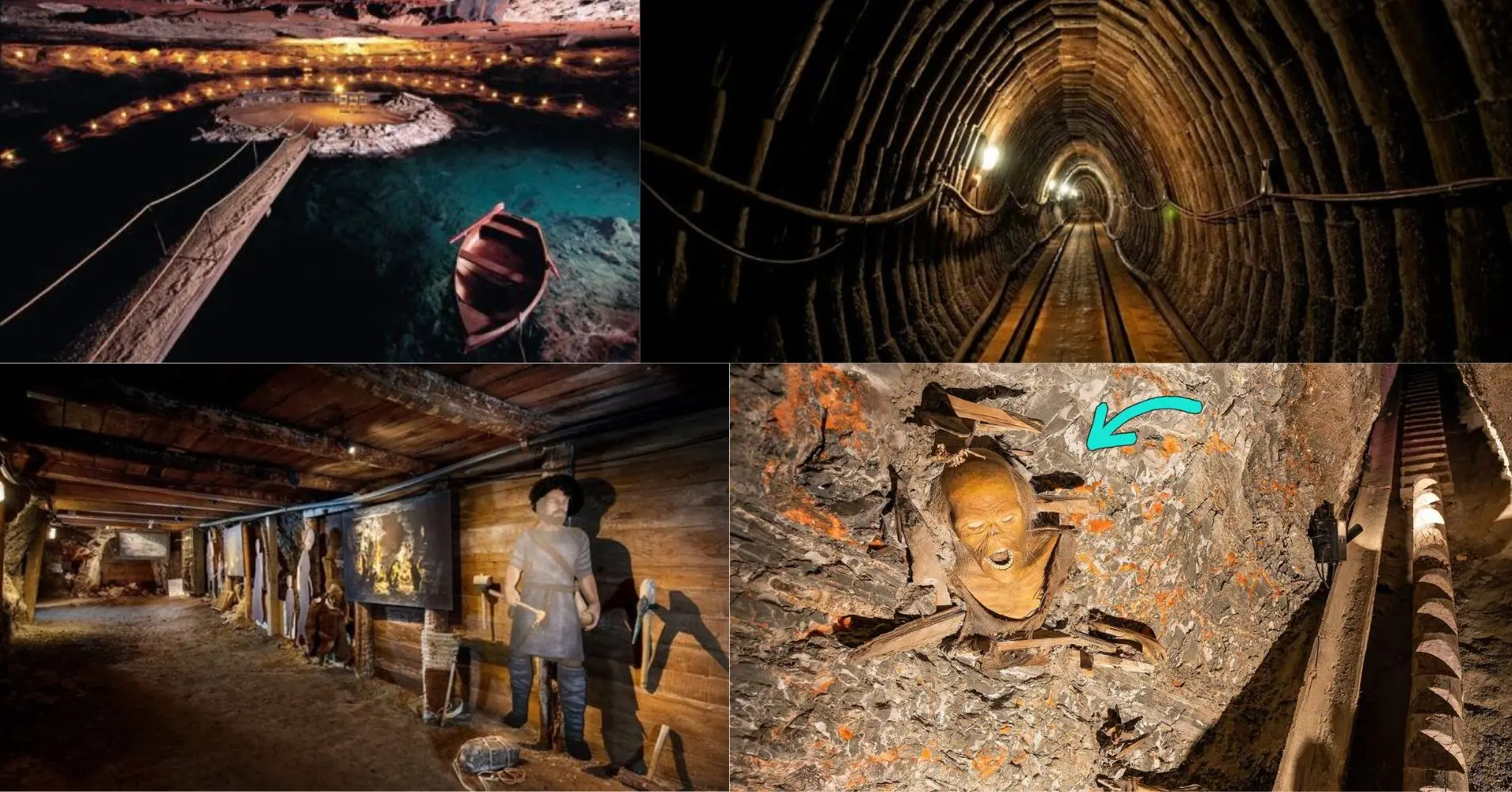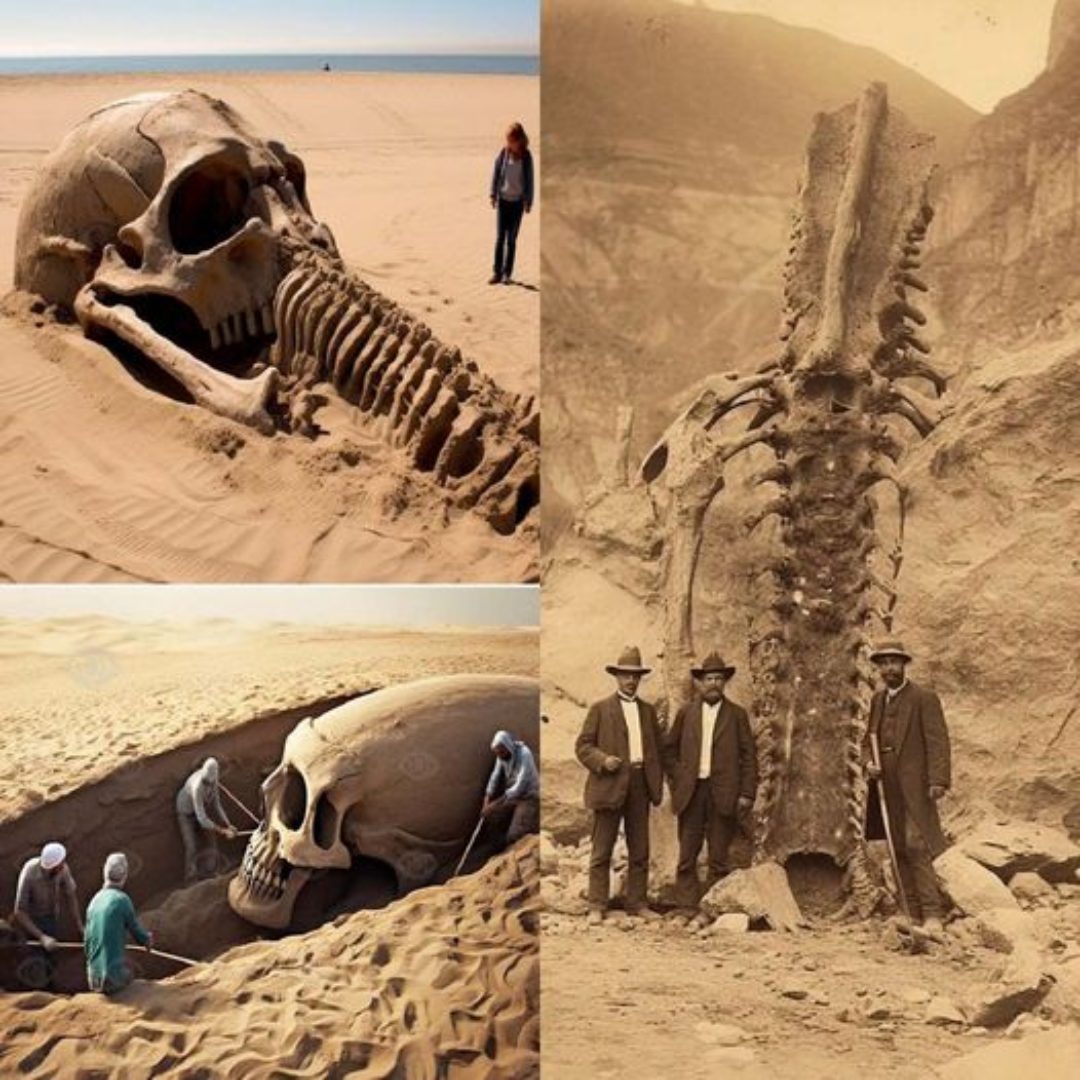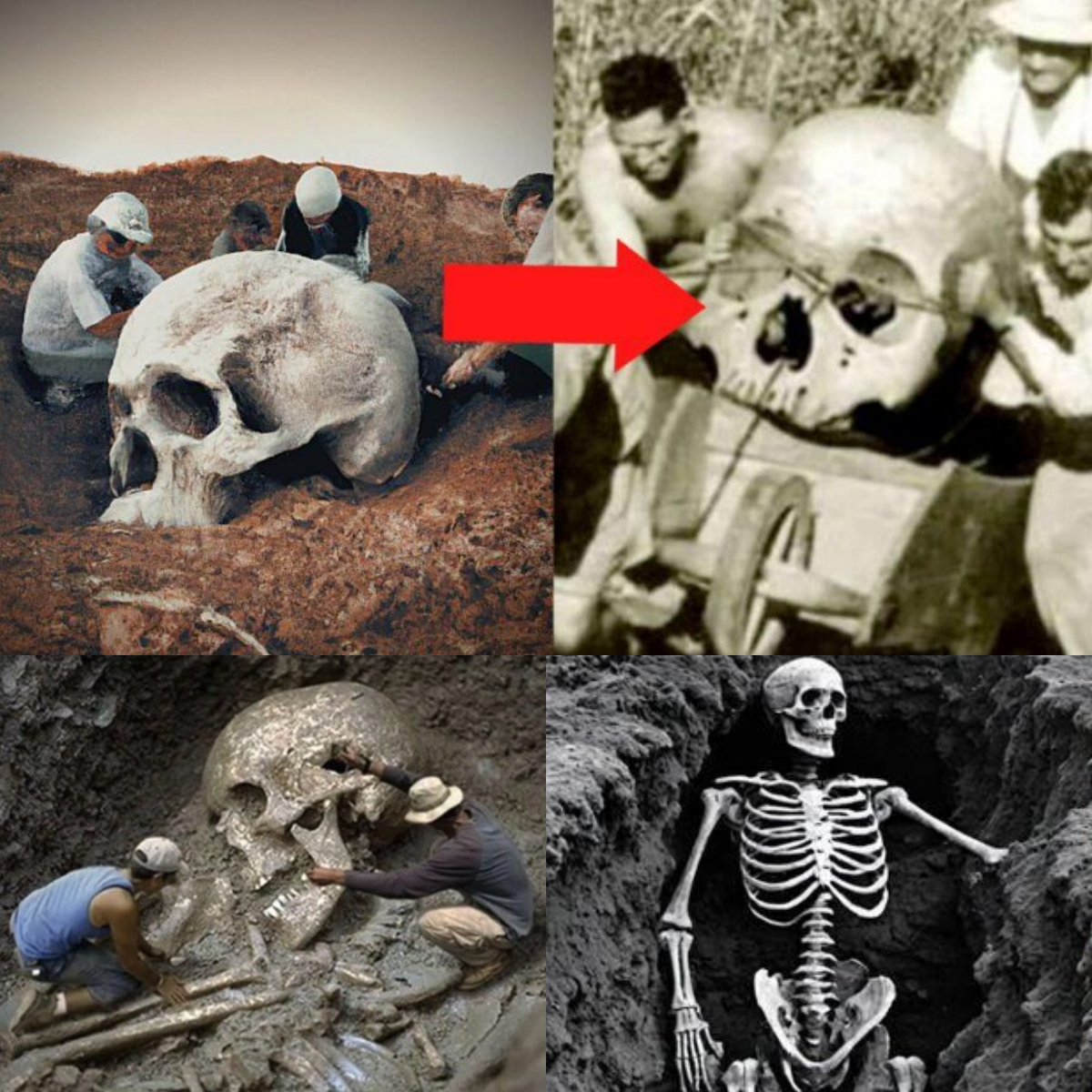From soaring over the mighty River Nile to gazing at the grandeur of the pyramids, the aerial perspective offers a unique window into the captivating world of ancient Egypt. As we embark on a journey through time, we’ll unravel the mysteries and wonders of this ancient civilization, examining its remarkable achievements and uncovering the secrets hidden within the sands. Join us as we explore the rich history of Ancient Egypt from a perspective that is both inspiring and enlightening: from above.
A Vickers Vimy biplane, a replica of the plane used by the British Royal Air Force in Egypt in the 1920s, soars over the Giza plain, the pyramids still shrouded in early morning haze.

The Ramesseum, built in 1258 BC by Ramses II, as a temple dedicated to himself. Ramesses the Great, as he was later called, was in fact the king of kings, the most powerful (and megalomaniac) ruler of classical Egypt, who led the country to the height of its power and achieved several records: he had the longest reign of all his New Kingdom counterparts (67 years), the largest territory (from Nubia to Syria), the longest lifespan (died around age 90), the most populous family (dozens of wives, almost 100 children), and the most imposing stature (6 feet tall, exceptional for the time).

The west of Thebes and the Valley of the Kings area was the kingdom of the dead, where more than 400 tombs of kings, queens, priests, nobles, princes and even workers have been discovered. In this photo, you can see the entrances to the tombs of Tutankhamen (in the center) and Ramses II (in the far left).

The Meidum Pyramid, over 40 meters high, was completed around 2620 BC. C. in its current form of “stepped pyramid”. It was later transformed into a “smooth-sided” pyramid, but over time, the outer walls collapsed. Its construction was started by Pharaoh Huni and completed by his successor Snefru, the father of Khufu (also known as Cheops).

A nilometer near the Ptolemaic temple of Kom Ombo. It is a system of wells that, using the principle of communicating vessels, made it possible to estimate the water levels of the Nile.

The temples of Mentuhotep II (21st century BC), Hatshepsut and Thutmose III (15th century BC) are located at the Deir el-Bahari site in western Thebes (near Luxor). Beyond the ridge stretches the Valley of the Kings, home to the royal tombs of the New Kingdom.

The colossal statues (18 meters high) of Amenhotep III (14th century BC), which the Greeks renamed “Colossi of Memnon” in honor of a legendary Ethiopian hero. They were part of a temple, now almost completely defunct, in western Thebes.

The Sphinx of Giza, located near Cairo, represents Pharaoh Khafre (who had it built approximately 4,500 years ago) with the body of a lion. Carved out of a limestone outcrop, it is approximately 74 meters long and 20 meters high.

The Unfinished Obelisk of Aswan, with an approximate length of 42 meters and a weight of 1,150 tons. From their study, much knowledge has been gained about the techniques used by the ancient Egyptians to extract obelisks from quarries.

The village of Deir el-Bahari, located in the Valley of the Kings (1479-1457 BC). The ancient Egyptians believed in the afterlife, as long as the body of the deceased got there intact, helped by magical spells.

Photo: © Sylvain GRANDADAM/HOA-QUI

Hatshepsut’s mortuary temple in the Valley of the Kings, near Luxor. The architect who “signed” it was Senenmut, the queen’s favorite person. Senenmut was granted the privilege of a secret tomb under the courtyard in front of the temple.

A historical photo: one of the first aerial views of the two main pyramids of Giza. We are in 1932.





